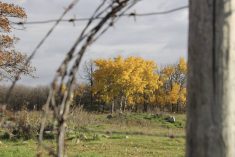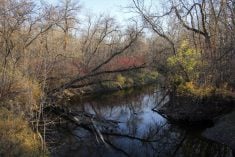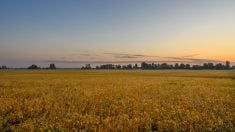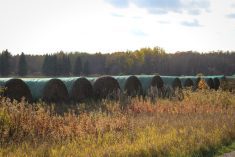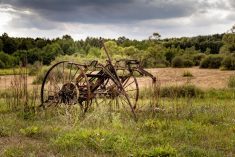Kelowna | Reuters — Forest fires in British Columbia intensified on Saturday, with the number of people under evacuation orders doubling from a day earlier, as authorities warned of difficult days ahead.
The province declared a state of emergency on Friday to access temporary authoritative powers to tackle fire-related risks, as out-of-control fires ripped through the Interior, partially shutting some sections of a key highway between the Pacific coast and the rest of Western Canada, and destroying many properties.
“The current situation is grim,” Premier Daniel Eby told reporters on Saturday, saying some 35,000 people were under an evacuation order, and a further 30,000 were under an evacuation alert.
Read Also
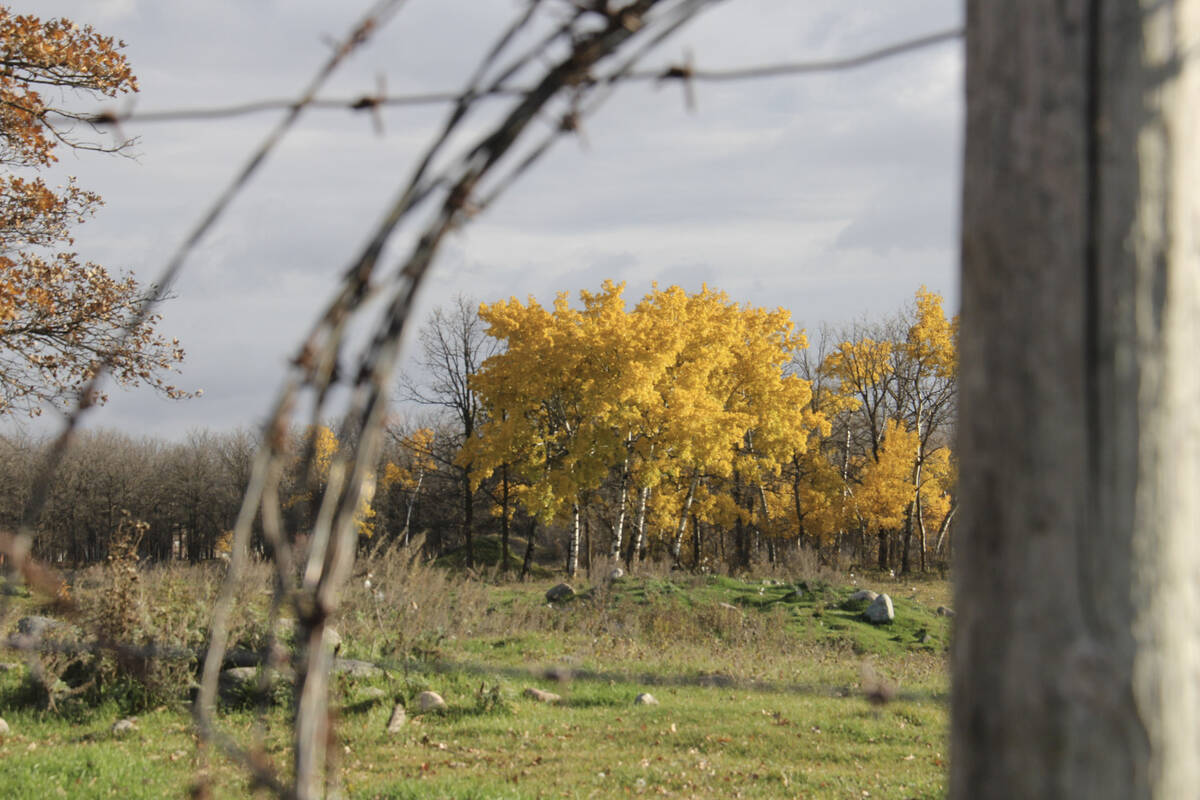
Prairie forecast: A temperature rollercoaster and the possibility of snow
Prairie forecast covering October 8 to 15, 2025. The Prairies may be in for a prolonged battle between warm and cold air before winter sets in. This could bring lots of rain or snow.
Eby said the province is in dire need of shelter for evacuees and firefighters and ordered a ban on non-essential travel to make more temporary accommodation available. Officials also urged residents to avoid operating drones in the fire zone, saying it could impede firefighting efforts.
The fire is centred around Kelowna, which has a population of about 150,000.
Forest fires are not uncommon in Canada, but the spread of blazes and disruption underscore the severity of its worst wildfire season yet.
About 140,000 square km of land, roughly the size of New York state, have already burned, and government officials project the fire season could stretch into autumn due to widespread drought-like conditions in Canada.
B.C. had experienced strong winds and dry lightning in the past few days due to a cold mass of air interacting with hot air built-up in the sultry summer. That intensified existing forest fires and ignited new ones.
“We are still in some critically dry conditions, and are still expecting difficult days ahead,” said Jerrad Schroeder, deputy fire centre manager at the Kamloops Fire Centre.
Prime Minister Justin Trudeau convened a meeting of key ministers and senior officials on Saturday to discuss wildfires. The Incident Response Group, which met for the second time this week, agreed to make “additional resources available” to both B.C. and the Northwest Territories.
Main east-west road under threat
A wildfire burning out of control in Yellowknife had triggered evacuations of almost all of its 20,000 residents this week. One patient died when he was being transferred out of Yellowknife, an N.W.T. minister said on Saturday.
Currently, the fire is not expected to reach city limits by the end of the weekend, officials said, with some rain and cooler temperatures helping to slow its progress.
The TransCanada highway was closed near Chase, around 400 km northeast of Vancouver, and between Hope, 150 km east of Vancouver, and the village of Lytton.
The highway is the main east-west artery used by thousands of motorists and truckers heading to Vancouver, the country’s busiest port.
Kip Lumquist, who works at a gift shop in Craigellachie, B.C., a tourist spot on the highway, said she saw a lot of devastation over the past week.
“It was crazy, we couldn’t see the hills, the mountains, the trees, anything, probably (for) two and a half days,” said Lumquist. “I drive a white vehicle, and when I walked out to get in my car… it’s just black… It’s devastating to the community.”
By Friday, the fire in southern B.C. had grown more than a hundredfold in 24 hours and forced more than 2,400 properties to be evacuated.
The flames have destroyed several structures in West Kelowna and authorities have been warning that the province could potentially face the worst couple of days of the fire season this year.
B.C. currently accounts for over a third of Canada’s 1,062 active fires.
Some 5,000 customers are also without electricity in interior of the province, the main utility said.
The fires have drained local resources and drawn in federal government assistance as well as support from 13 countries. At least four firefighters have died in the line of duty.
— Reporting for Reuters by Ismail Shakil in Ottawa; writing by Denny Thomas.



